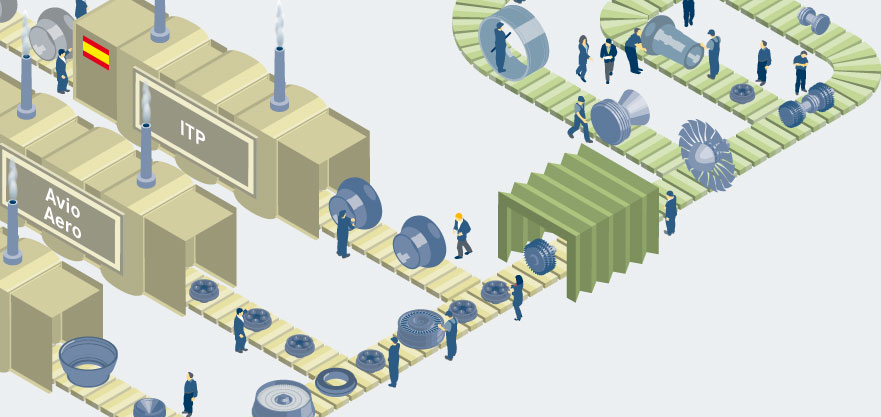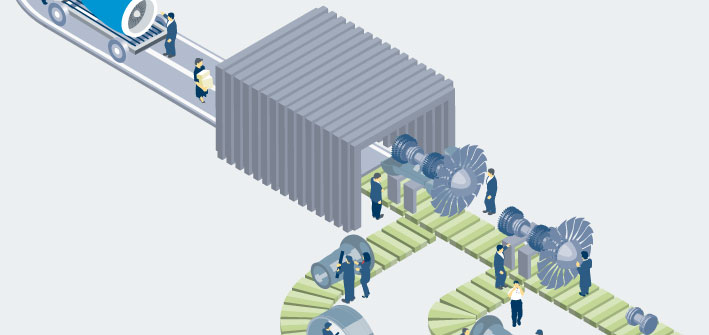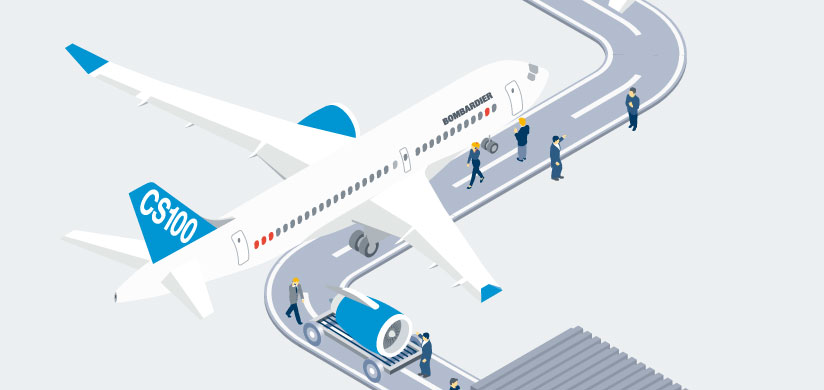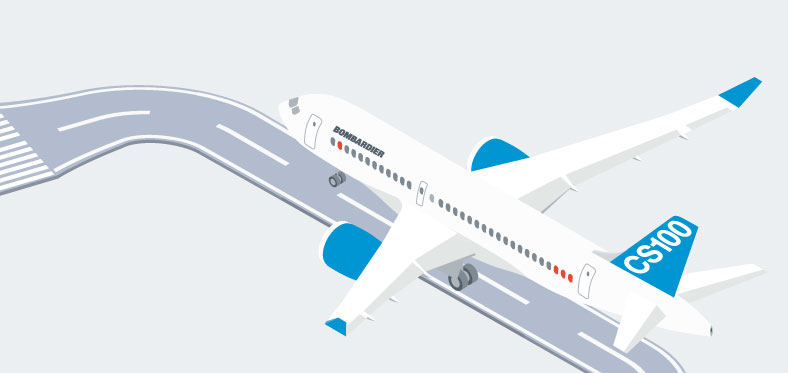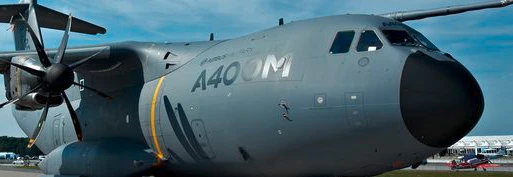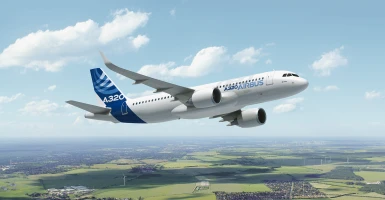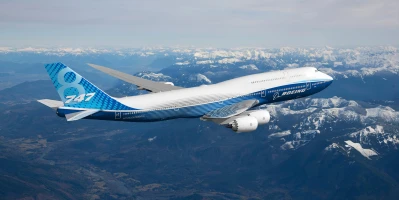good-to-know
Supply chain for the PW1500G
Supply chains in engine manufacturing: the PW1500G for the new CSeries as an example of worldwide value creation.
author: Silke Hansen | 3 mins reading time published on: 01.05.2016
author:
Silke Hansen
is responsible for communication in the People & Culture department at MTU as a topic manager. Sustainability and quality are also part of her area of responsibility, because ultimately, people are what matters in all three areas.
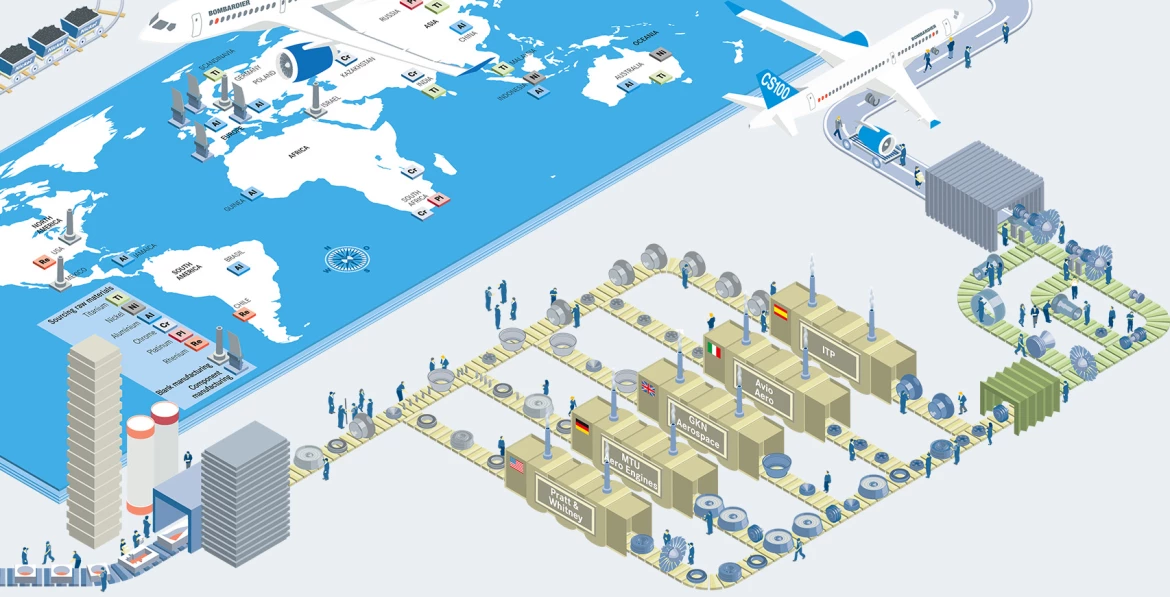
The term “supply chain” refers to the entire value creation process for a given product. It begins with the sourcing of raw materials, covers all the various stages of processing that bring the product into its final form, and continues right through to the end customer. For aircraft engines, this process stretches from ore mines in Australia to airlines in China. In today’s world, supply chains are international or even global—and engine manufacturing is no exception.
What makes value creation in this industry so special is its elevated level of technology. Aircraft engines are high-tech products that are full of extremely complex and sophisticated technologies. This has led to a relatively small procurement market in which suppliers are highly specialized. Original equipment manufacturers (OEMs) in the aircraft engine business also market themselves as one-stop providers, but in reality they manufacture only certain parts of their product in house. First and foremost they act as integrators, focusing on their core competencies and running their business on the basis of cooperation in order to spread the economic risks across multiple parties. That is important because of the extremely long nature of development and technology cycles in the aviation business.
Equally important is the fact that aircraft and engines are produced in relatively small quantities rather than as mass-produced commodities. For example, in 2015 Airbus set a new record of 635 aircraft deliveries. In comparison, Volkswagen produces 836,000 cars a year in its Wolfsburg plant alone. That’s why aircraft and their engines need to have a high value by the time they reach the end of the supply chain. The average list price of a CSeries 100 with two PW1500G engines is currently in the region of 71.8 million US dollars.
Graphic by Peter Diehl





